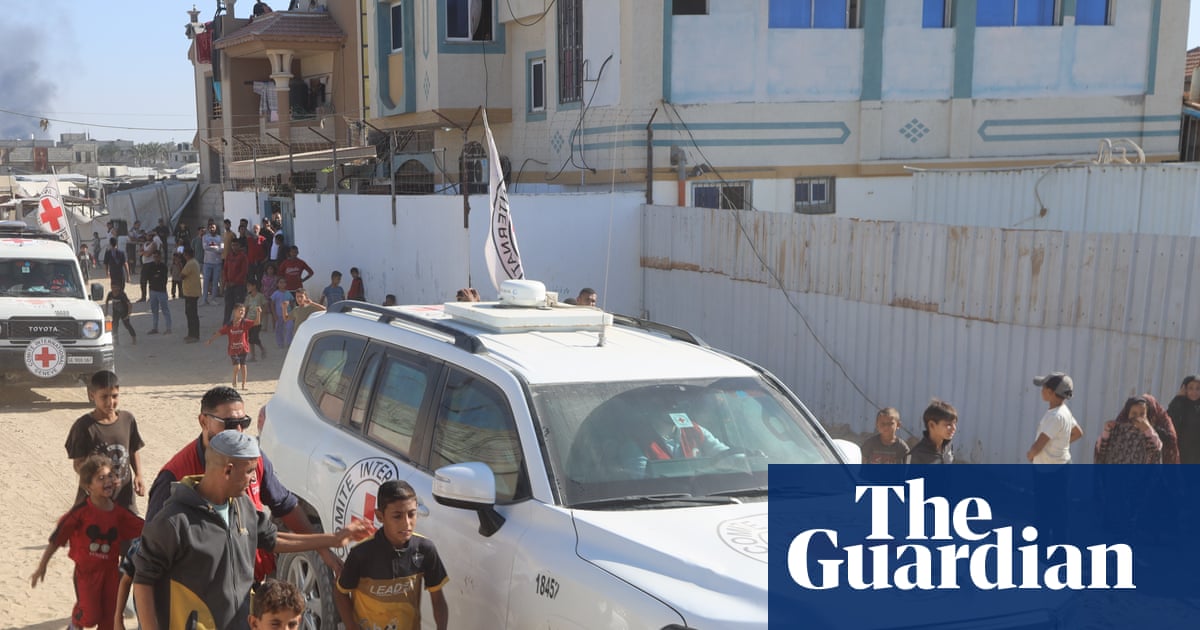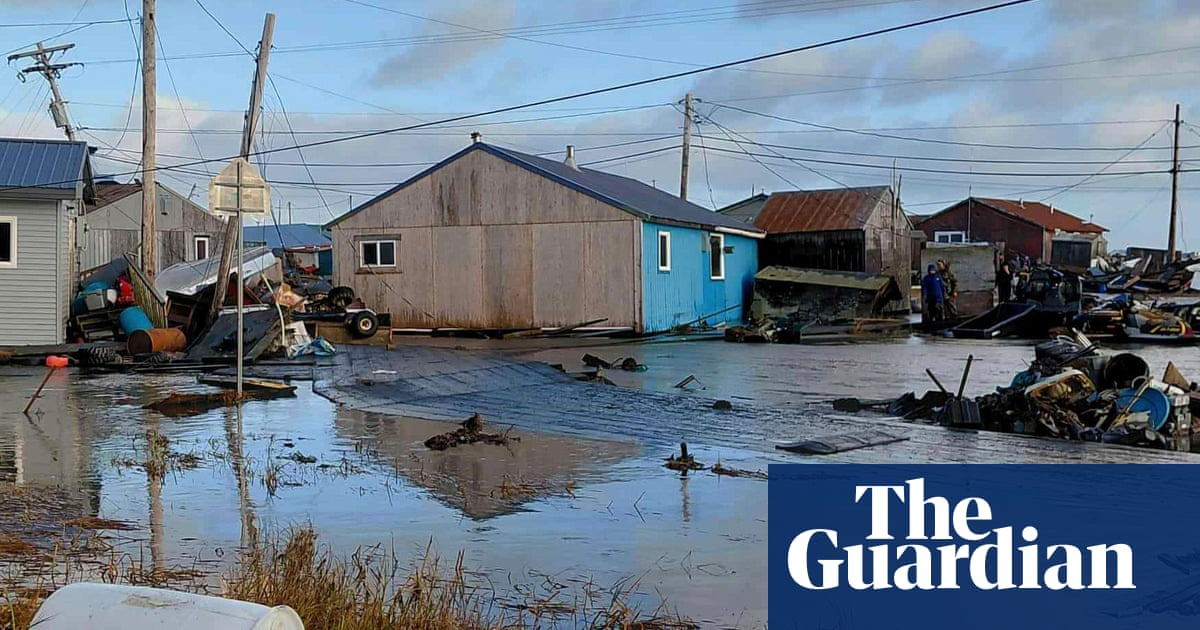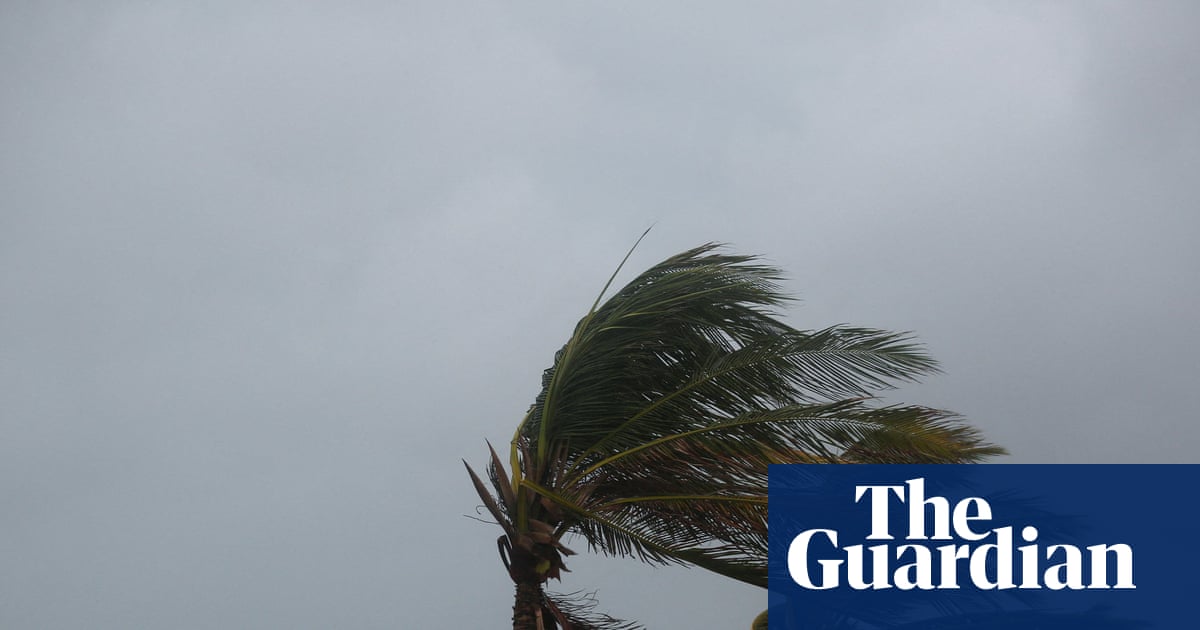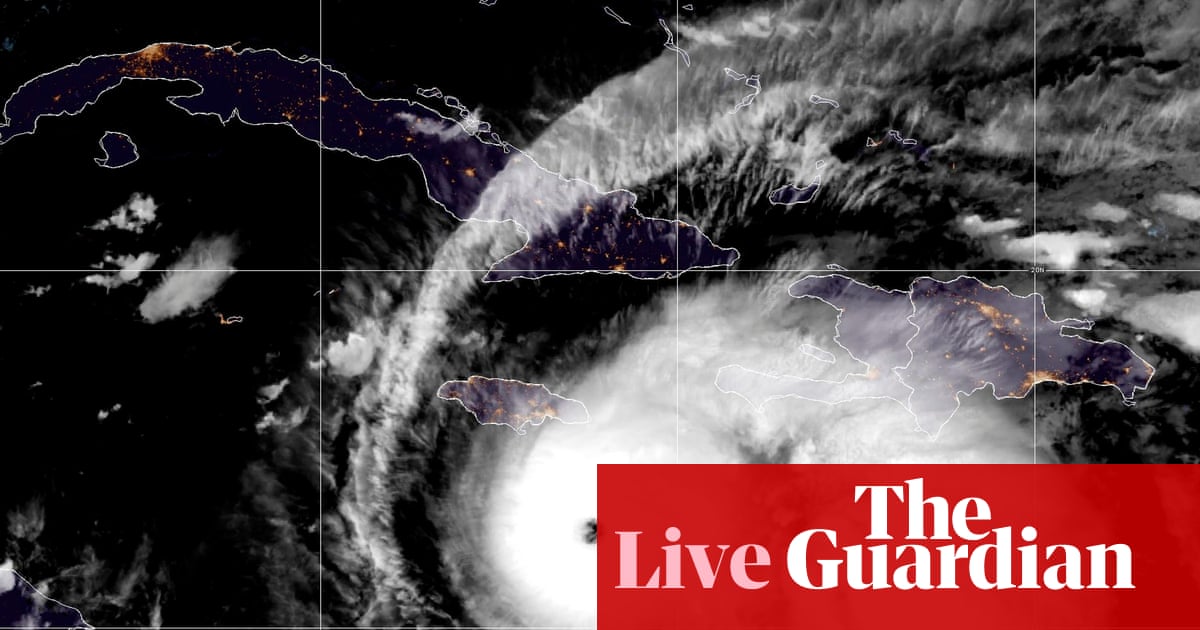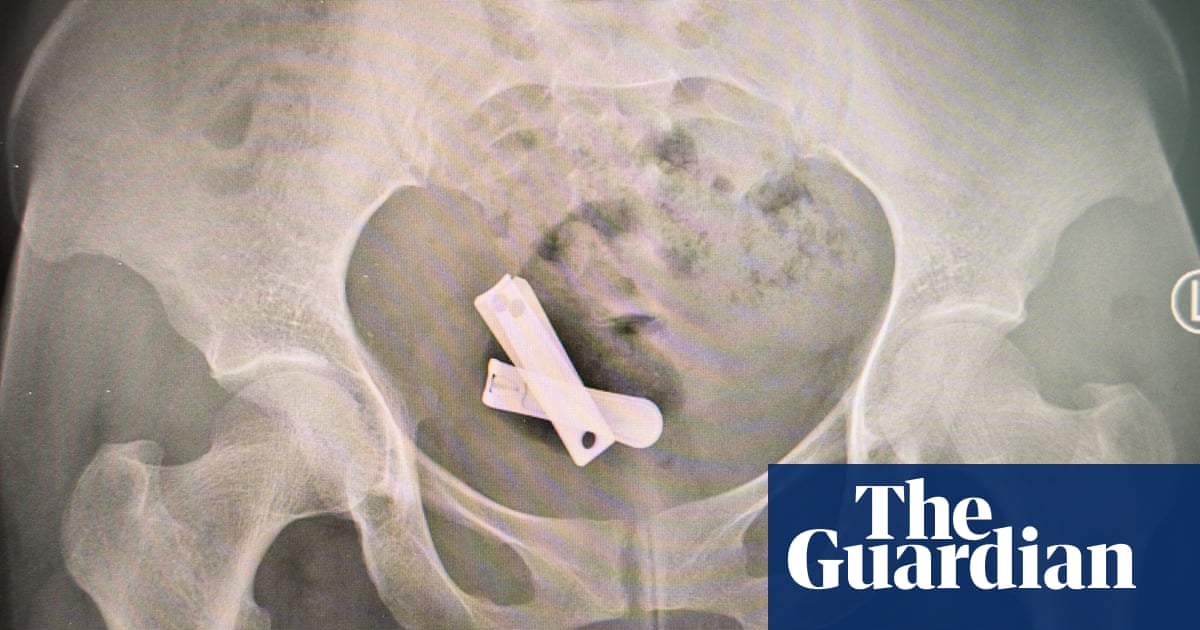Israel has continued to launch waves of airstrikes in Gaza, hours after Hamas said it was ready to start talks “immediately” on a US-sponsored proposal for a 60-day ceasefire.
The announcement by the militant Islamist organisation increased hopes that a deal may be done within days to pause the killing in Gaza and possibly end the near 21-month conflict.
Saturday was relatively “calmer” after days of intense bombardment, aid officials and residents in Gaza said, although 24 Palestinians were killed, including 10 people seeking humanitarian aid, according to hospital officials.
Airstrikes struck tents in the Mawasi coastal area in southern Gaza, killing seven, including a Palestinian doctor and his three children, according to medics at a nearby hospital. Four others were killed in the town of Bani Suheila, and three people were killed in three different strikes in the town of Khan Younis.
The Israel Defense Forces (IDF) made no immediate comment on the attacks.
Israel’s security cabinet was due to meet after sundown on Saturday but officials in Jerusalem said there was “no guarantee” that ministers would make a decision on the Hamas response to the ceasefire deal.
Separately, two US contractors with the Gaza Humanitarian Foundation (GHF) were injured in the south of the territory after unknown assailants threw grenades at them at a food distribution site, the organisation said.
The GHF, a US-supported private organisation that began handing out food parcels in Gaza last month, has been mired in controversy, with the UN secretary general, António Guterres, saying it was “inherently unsafe” and that it was “killing people”. The GHF denies this, saying it has delivered tens of millions of meals in “safety and security”.
Hundreds of Palestinians have been killed in recent weeks in shooting or shelling by the IDF while travelling to GHF sites or gathering in large crowds to get aid from convoys brought into Gaza by the UN that are often stopped and looted.
Aid workers in Gaza have called again for an immediate cessation of hostilities, saying that fuel stocks for NGOs are close to running out, which would lead to the “complete collapse” of humanitarian operations, much of the health system and communications across the territory. Power supplies in Gaza rely primarily on large quantities of diesel for generators.
“We are pretty much down to about half a day’s worth. When that is gone, everything has to shut down,” said one humanitarian worker in Deir al-Balah.
Israel imposed a tight 11-week blockade on Gaza after the most recent ceasefire collapsed in March, which has only been partly lifted to allow a small amount of food aid and medical supplies into the territory. No fuel has been permitted to enter, and supplies that still exist in Gaza are often in Israeli-controlled areas or combat zones and so inaccessible.
Benjamin Netanyahu, Israel’s prime minister, is to fly to Washington on Sunday for talks with the US president, Donald Trump, who has said in a series of social media posts that he wants the Gaza war to stop.
Drafts of the proposed deal seen by the Guardian include a provision specifying that Trump would personally announce any ceasefire – possibly in the coming days during Netanyahu’s visit.
However, sources close to Hamas said the organisation wants greater clarity over guarantees that the initial truce would lead to a permanent end to the war and the eventual withdrawal of Israeli troops from Gaza.
There is also disagreement over who would be allowed to deliver the “sufficient aid” described in the draft. Hamas want the GHF to be closed down. Israel wants to maintain a system of distribution independent from the UN or other countries.
Speaking to reporters on board Air Force One late on Friday, Trump said he was optimistic and suggested there “could be a Gaza deal” next week. But Israeli media have described a series of steps involving separate Israeli delegations flying to Qatar and Egypt to complete negotiations, and the current draft specifies that Steve Witkoff, Trump’s personal envoy, will travel to the Middle East to finalise the deal.
Analysts said this could mean lengthy delays before an agreement is reached.
The war in Gaza was triggered by a surprise Hamas-led attack into Israel in October 2023, during which militants killed 1,200 people, mostly civilians, and abducted 251. Fifty remain in Gaza, less than half still alive.
Israel’s retaliatory military campaign has killed at least 57,000 people in Gaza, also mostly civilians, according to a count by the territory’s ministry of health that is considered reliable by the UN and many western governments.

 3 months ago
58
3 months ago
58






